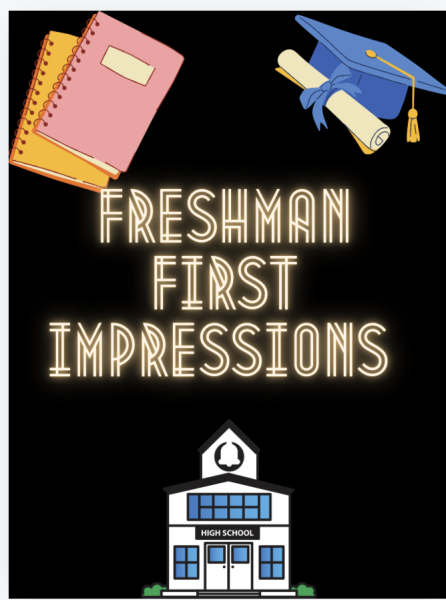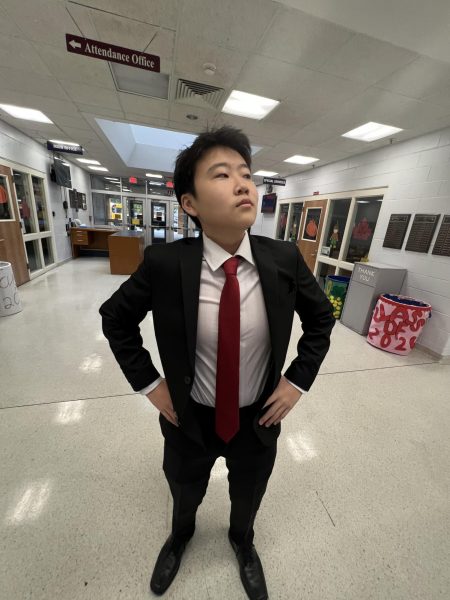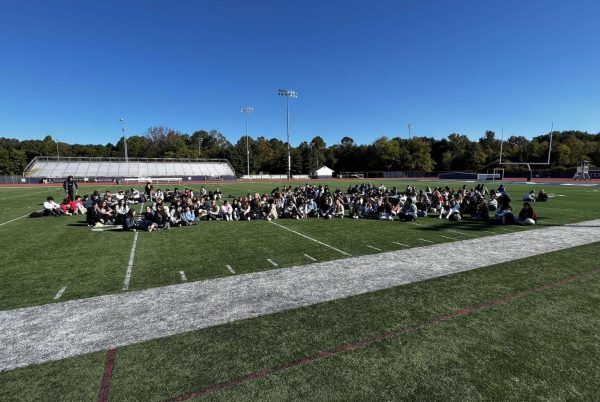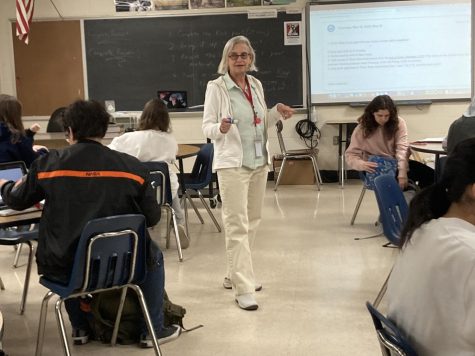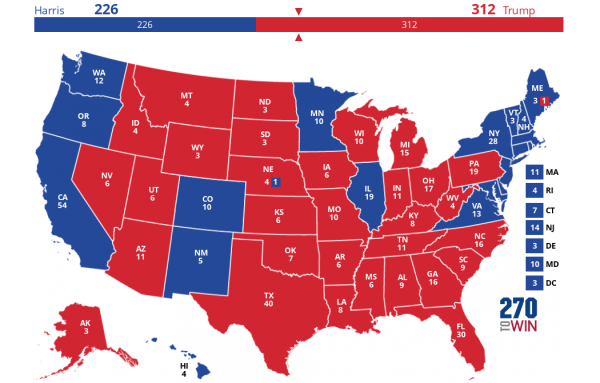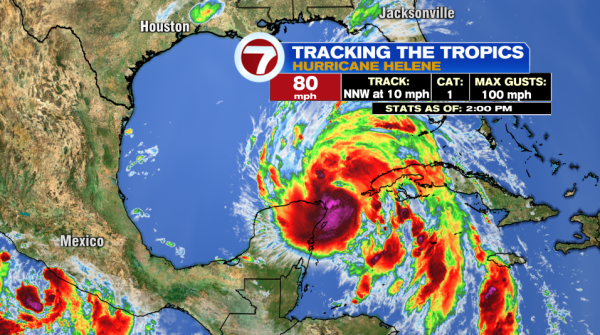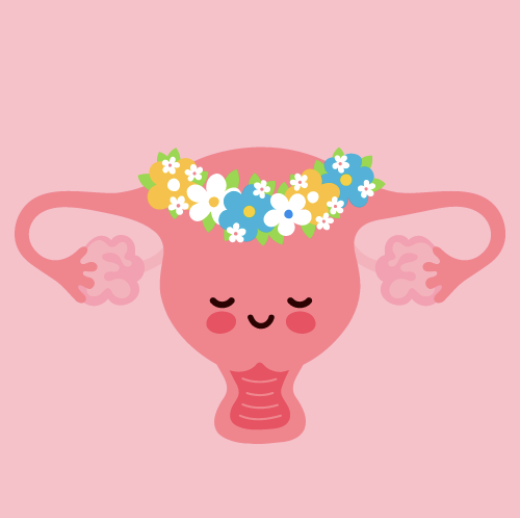Eastern’s complex relationship with the Ivy League
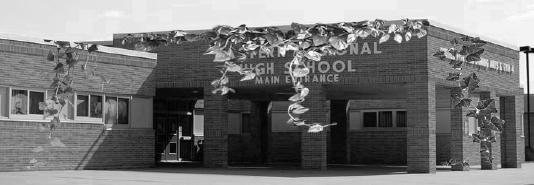
For many high-achieving students, the goal through their high school career is to apply, be accepted by, and attend one of the Ivy League Colleges or Universities. An NCAA Division I athletic conference established in 1954, the eight member schools are noted as being some of the best private institutions for higher education in the Northeast, with a vast network of connections and name recognition. The member schools are as follows: Brown University, Columbia University, Cornell University, Dartmouth College, Harvard University, University of Pennsylvania, Princeton University.
Despite regularly being ranked highly amongst public schools in the area, Eastern has recently had difficulty when it comes to Ivy League acceptances; this is not for lack of trying. This year, the University of Pennsylvania alone deferred all of the Eastern students who applied Early Action.
Other visible numbers show fairly low chances of acceptances to these schools in recent years from Eastern students. Mr. Susko, supervisor of guidance since 2014, confirmed this, but it is not for lack of trying.
Bhavish Malkani, Eastern Class of 2013, is currently enrolled at the University of Pennsylvania. He said “there were ten people from my graduating class from Eastern that ended up going to Penn… and someone else got into Harvard, but went to MIT instead.”
Mr. Susko said that while there have been years in the past where “a dozen or so students were accepted to at least one Ivy League school… and while that was an incredibly accomplishment, it is not necessarily the norm.”
Penn is certainly a favorite for students at Eastern to apply. From 2015 to 2017, 123 students applied, but only 11 were accepted. This adequately corresponds to their acceptance rate of around 9%.
Acceptances to other Ivy League schools for Eastern Students generally falls in line with Penn. Based on current numbers, Penn is the only school where it is easy to analyze the trend, as enough students have actually applied there in general.
Now this begs the question of why some other local public schools have had success. Cherry Hill East, for instance, had two students from their class of 2017 enroll at Harvard, whereas Eastern has had none in the past three years.
Despite the fairly low acceptance rate, Eastern’s SAT scores have increased since 2013, from an average score of an Eastern SAT raising from an 1110 in 2013 to an 1160 in 2017; this is compared to the state average of 1080. At the same time, the percentage of students with a five on AP exams has dropped from 35% to a 27% since 2013.
Concerns from members of the staff have prompted Mr. Susko to take personal action, reaching out to multiple different Ivy League schools in order to open a dialogue on what the reason for the lack of acceptances may be from Eastern.
Although it is unlikely to sway Ivy League and other top schools, one a statewide basis, Eastern’s prestige has taken a hit, at least on paper, as a result of statewide PARCC testing. Due to many eligible students refusing to participate in PARCC, the test scores are drawing from a smaller pool of individuals. Also, since AP Language and Composition students are exempted if they are taking certain classes, a portion of the top-tier of scorers have also been removed. All of these factors, in addition to many students taking the PARCC less seriously than the NJASK of HSPA, scores at Eastern are deflated as compared to other barometers, like SAT scores. Low scores on tests like this can undervalue a GPA earned at Eastern.
It is difficult to pinpoint a true reason as to why Eastern students have a hard time with acceptances to Ivy League schools, but there is likelihood remains that these schools are highly competitive, and Eastern, a Northeastern public school from a well-off area, is getting the short end of the stick.


